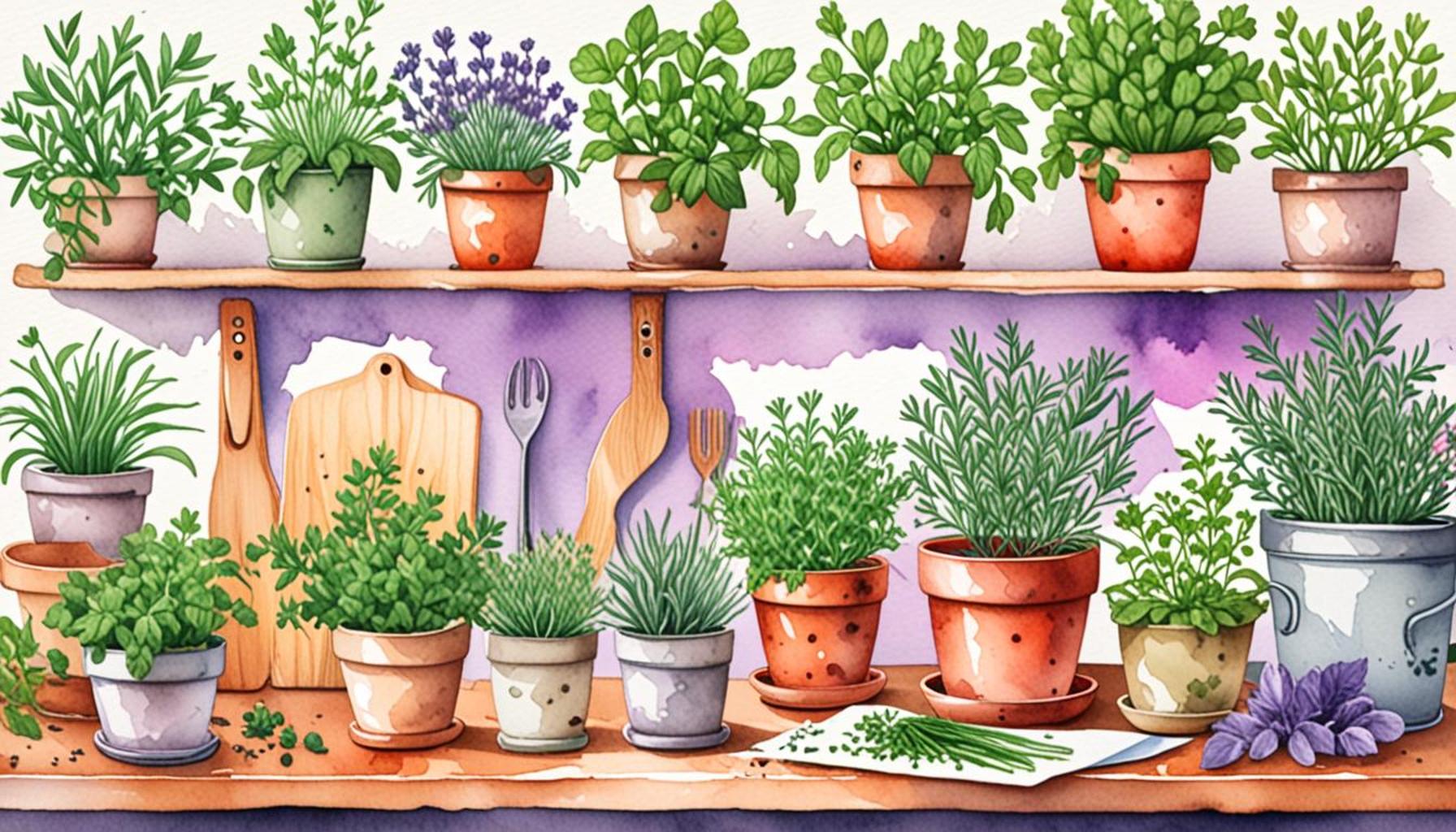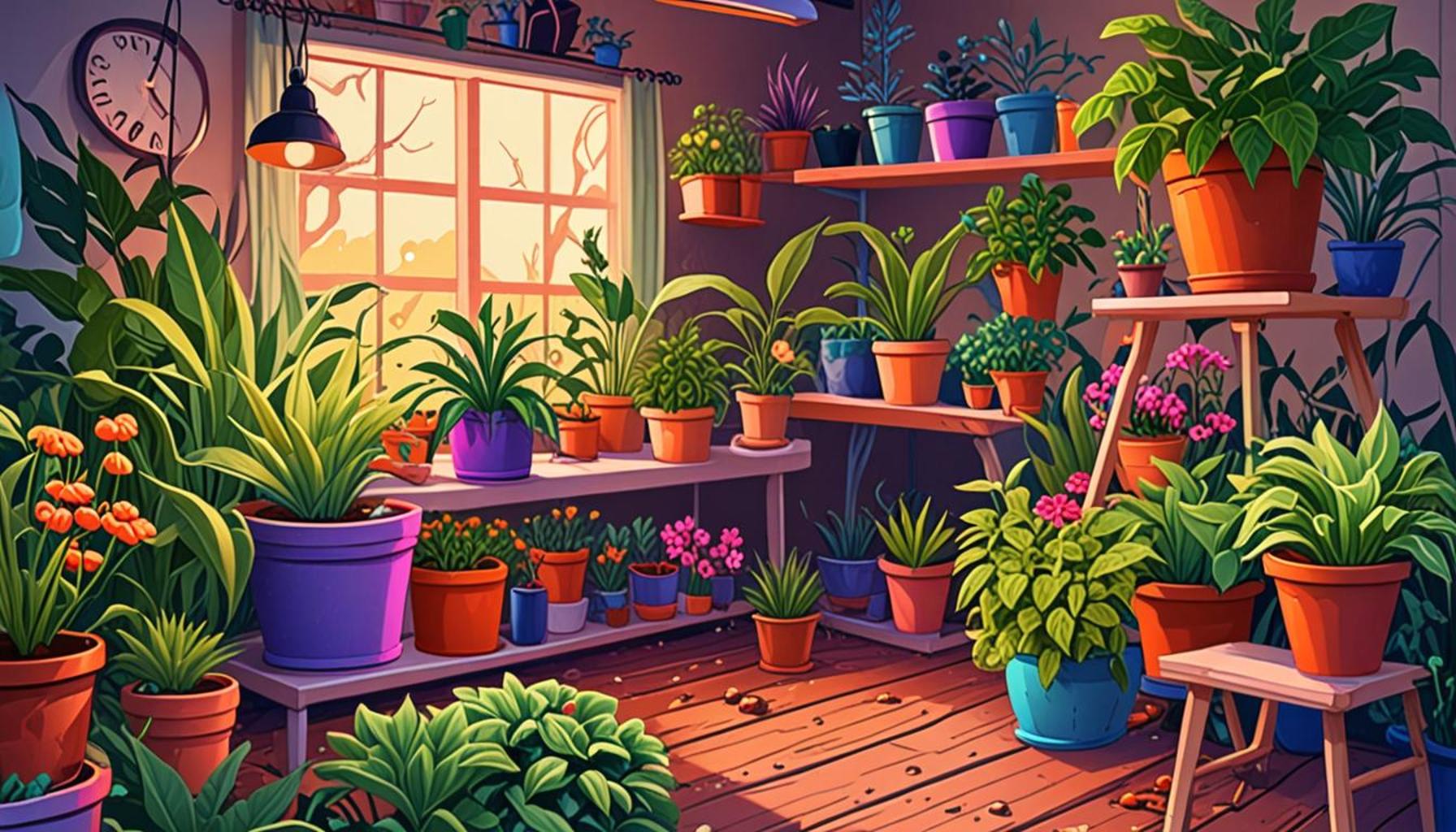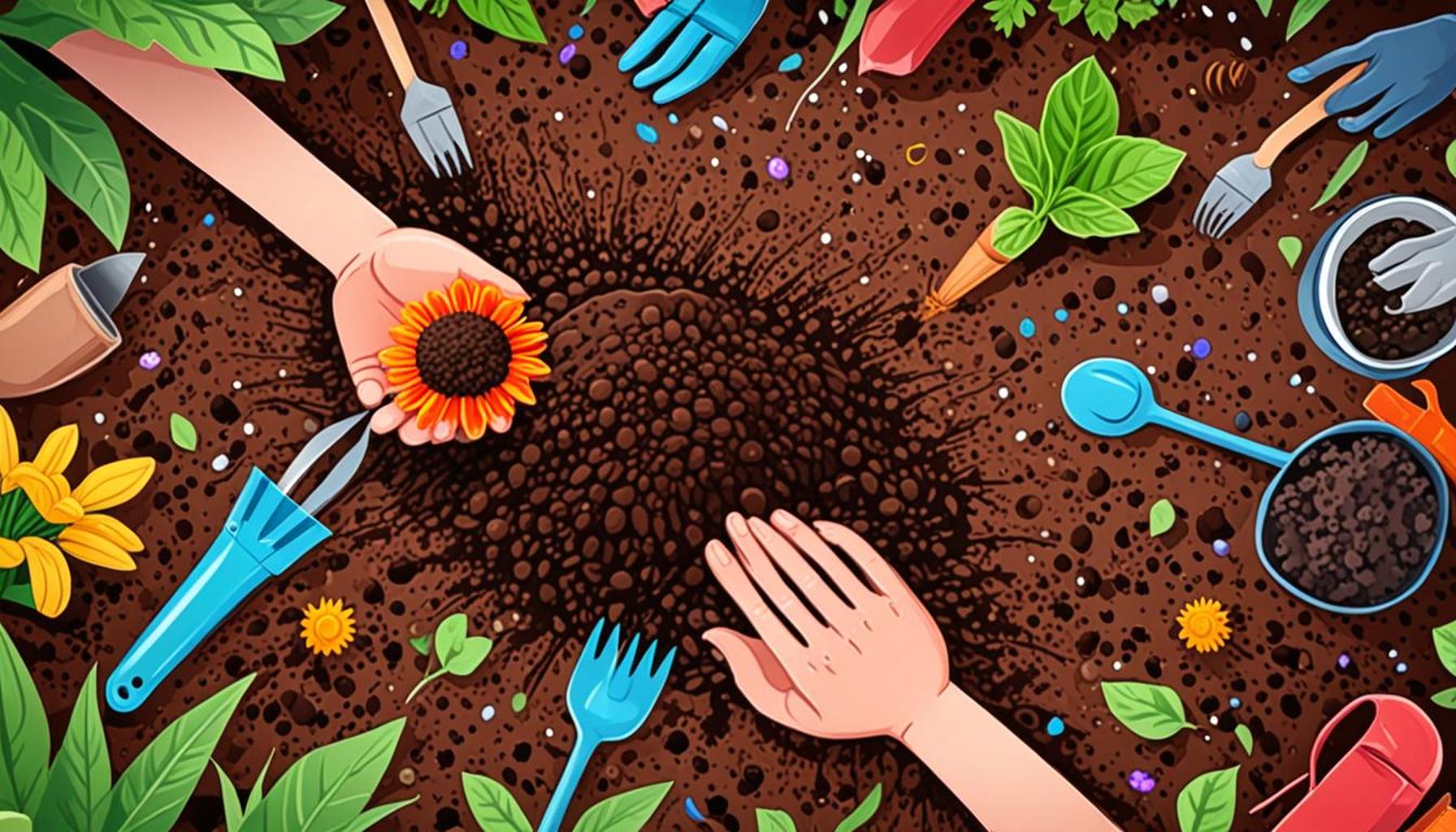Edible Flowering Plants: Selection and Care for Beginners Looking to Add Color to the Garden
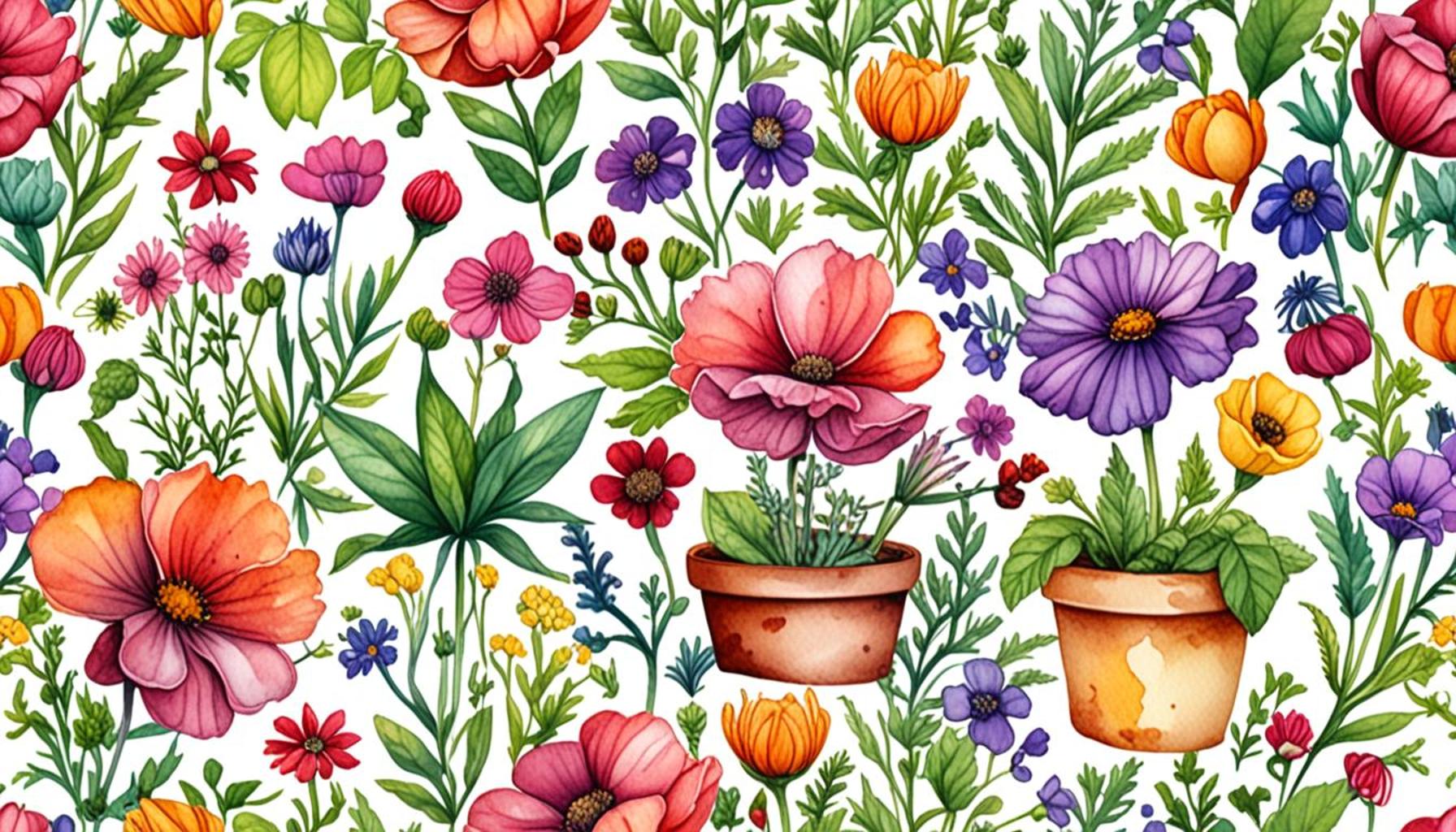
Transform Your Garden with Edible Flowering Plants
Imagine a garden bursting with vibrant colors while simultaneously offering culinary delights. Edible flowering plants not only beautify your outdoor space but also provide unique flavors and nutrients. As more gardeners seek to enhance their landscapes with these captivating plants, beginner-friendly options are more accessible than ever.
Why Choose Edible Flowers?
Including edible flowers in your garden brings a fusion of aesthetics and gastronomy. Here are a few key benefits of selecting edible flowering plants:
- Visual Appeal: Brighten up your garden with colorful blooms. Edible flowers such as calendula, lavender, and dahlias can create a stunning visual tapestry that not only catches the eye but also attracts beneficial pollinators such as bees and butterflies.
- Culinary Uses: Elevate dishes with flavor-packed petals. Edible flowers can be used in a variety of ways; for instance, elderflower can be used to make delicious homemade syrups, while zesty marigold petals add a peppery kick to salads or seafood dishes.
- Health Benefits: Many edible flowers are rich in vitamins and antioxidants. For example, nasturtium flowers are known to be high in Vitamin C, while hibiscus flowers are packed with antioxidants that can promote heart health.
For beginners, selecting the right varieties is essential to ensure a rewarding experience. Some easy-to-grow choices include:
- Nasturtiums: These vibrant flowers not only add vivid splashes of orange and red but also provide a peppery taste reminiscent of arugula, making them a delightful addition to salads, sandwiches, or as garnishes.
- Pansies: With their lovely blooms available in multiple colors, pansies are perfect for any garden. Their sweet, mild flavor makes them suitable for decorating cakes, muffins, and salads, bringing a touch of elegance to your culinary creations.
- Chive Blossoms: Easily recognizable by their delicate purple pom-pom clusters, chive blossoms carry a mild onion flavor. They can be sprinkled on soups, salads, or even fish dishes to enhance the overall taste profile.
The journey into the world of edible flowering plants doesn’t end with selection. Understanding their care requirements is crucial for flourishing blooms and flavorful meals. Many edible flowers prefer well-drained soil and full sunlight, and regular watering is vital during hot summer months. Ensuring they are grown in a favorable environment will foster both beauty and health benefits.
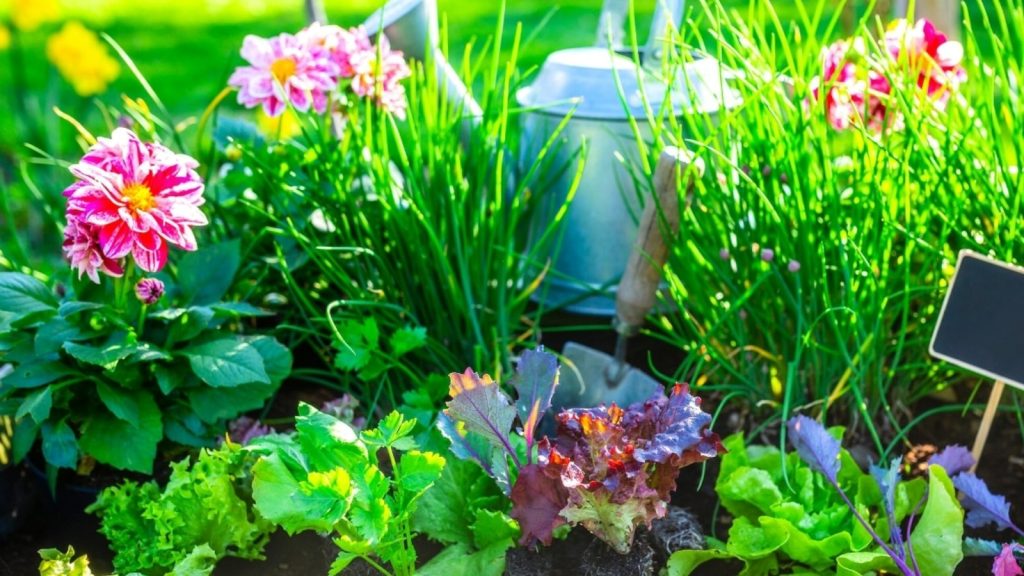
Additionally, consider companion planting—a technique that involves placing edible flowers alongside vegetables to naturally deter pests while encouraging pollinators to linger. For instance, marigolds are commonly planted near tomatoes to keep pests at bay. As you cultivate your edible flower garden, think about experimenting with new flavors and combinations. The exploration of this culinary garden can lead to unexpected discoveries in your cooking adventures.
In this guide, we will explore the essentials of nurturing these delightful additions, helping you cultivate both beauty and taste in your garden. Whether you are a seasoned gardener or a curious beginner, the vibrant world of edible flowering plants awaits you, promising both stunning displays and delicious rewards.
DISCOVER MORE: Click here to learn about the benefits of mulching
Selecting the Right Edible Flowering Plants for Your Garden
When embarking on your journey into the world of edible flowering plants, it’s essential to choose varieties that not only enhance the visual appeal of your garden but also align with your culinary preferences and growing conditions. A thoughtful selection can lead to a rewarding gardening experience, especially for beginners who may feel overwhelmed by the diversity of options available.
Top Edible Flowering Plants to Consider
For those just starting out, some edible flowering plants are particularly forgiving and easy to grow. These plants do well in various conditions and can be incorporated into a plethora of dishes. Here are a few popular choices:
- Nasturtiums: Besides their vibrant hues, nasturtiums are an excellent choice due to their adaptability. They thrive in poor soil and can even withstand drought conditions, making them perfect for busy gardeners. With a peppery flavor akin to arugula, they can liven up salads or be used as edible garnishes in a variety of cuisines.
- Pansies: Often regarded as the darling of the garden, pansies bloom in a multitude of colors, adding a rainbow of brightness. Their mild, sweet flavor makes them great for decorating desserts or adding to salads, allowing you to enjoy their beauty and taste simultaneously.
- Chive Blossoms: These unique purple blooms present a subtle onion flavor that can elevate many dishes. Chive blossoms grow easily in containers or in the ground, and they thrive with minimal care. Use them to garnish soups, salads, or seafood dishes to provide a visual and flavor boost.
- Calendula: Known for its daisy-like appearance, calendula is not just a garden standout; it offers a fragrant, slightly spicy flavor. The petals can be used in salad dressings or to add color to rice and pasta dishes, providing an artistic touch to your meals.
- Bee Balm: With its striking red or purple flowers, bee balm not only attracts pollinators but also delivers a minty flavor that can be used in teas or as a garnish for desserts. It’s an excellent choice for those looking to support local ecology while enjoying their garden harvest.
After you’ve chosen the right plants for your garden, understanding their individual care requirements is crucial. Edible flowering plants typically prefer full sun, flourishing with at least six hours of sunlight each day. Ensuring they are planted in well-drained soil can help prevent root rot, which is detrimental to plant health. Regular watering during dry spells and fertilizing during their active growth stage will also support their vitality.
As a beginner, it’s beneficial to observe and learn from your plants. Pay attention to their growth patterns and any signs of distress, as this can guide you in making necessary adjustments to their care regimen. Gardening is as much about learning as it is about nurturing, and each season presents an opportunity to improve your skills.
By choosing the right plants and providing the appropriate care, beginners can create a stunning garden filled with edible flowering plants that not only delight the eye but also tantalize the taste buds. The possibilities are endless, and the joy of harvesting your edible blooms is incredibly rewarding.
| Category | Key Features |
|---|---|
| Variety of Colors | Edible flowers come in a wide range of vibrant hues, offering a stunning aesthetic to gardens while being safe to eat. |
| Culinary Uses | These flowers can enhance dishes and beverages, providing unique flavors, from sweet to spicy, truly enriching your culinary experience. |
| Easy Maintenance | Many edible flowers thrive with minimal care, making them perfect for beginner gardeners. |
| Health Benefits | Rich in antioxidants and vitamins, edible flowers provide not just beauty but also nutritional value. |
| Attract Beneficial Insects | These plants can help draw pollinators to your garden, boosting productivity for other crops. |
In the journey of gardening, incorporating edible flowering plants offers both beauty and utility. Imagine stepping into a garden bursting with color and flavor, where each bloom could become a feature on your plate. With the right selection tailored to your gardening space, you can embark on a delightful exploration of flavors. These plants not only beautify your surroundings but also provide a sustainable and delicious aspect to your home-cooked meals. As a beginner gardener, embracing these flowers will not only bring joy to your gardening experience but also serve as a gateway to discovering the world of edible plants. Embrace the simplicity of their care as you cultivate a vibrant ecosystem right in your backyard. Each bloom in your garden can lead to a culinary adventure waiting to be explored!
DISCOVER MORE: Click here to learn how to detect plant infestations
Caring for Edible Flowering Plants: Tips for Thriving Blooms and Bountiful Harvests
Once you’ve made your selections from the myriad of edible flowering plants, the next step is to ensure they receive the right care for optimal growth. As a beginner, understanding the fundamental needs of these plants can significantly affect your gardening journey, turning your vibrant patches into a flourishing paradise.
Essential Care Practices to Promote Healthy Growth
While many edible flowering plants boast resilience, they thrive best under certain conditions and care routines. Here are some critical aspects to consider:
- Sunlight Requirements: Most edible flowering plants flourish in full sun conditions, craving at least six hours of direct sunlight each day. Positioning your plants strategically in your garden will ensure they receive the exposure they need to grow vibrant and healthy.
- Soil Quality: Quality soil is paramount. A mix of organic compost combined with well-draining soil can provide essential nutrients while allowing for proper drainage. Testing your soil’s pH can help you understand its composition better; most edible plants prefer a slightly acidic to neutral pH (between 6.0 and 7.0).
- Watering Needs: While it’s essential to keep soil consistently moist, overwatering can be detrimental. Installing a drip irrigation system can ensure your plants receive adequate hydration without waterlogging the roots. During dry spells, be attentive to their needs; a deep watering once a week is generally sufficient.
- Fertilization: Regular fertilization boosts plant health and encourages vibrant blooms. A balanced organic fertilizer applied during the growing season can fuel their growth. Fertilizing every four to six weeks, especially during the blooming period, helps ensure your plants are well-fed.
- Pest and Disease Management: Keeping an eye out for common pests like aphids or spider mites is imperative. Implementing natural pest control methods, such as introducing beneficial insects (like ladybugs) or employing neem oil, can assist in maintaining a healthy garden without harmful chemicals.
Harvesting: Enjoying the Fruits of Your Labor
Knowing when and how to harvest is equally an important aspect of edible flower care. Many edible flowers have unique petals that can be gently plucked to enhance your culinary creations. For example, pansies are best harvested in the morning when dew is still present, ensuring their flavors are at their peak. On the other hand, nasturtium petals can be collected throughout their blooming season, adding a fresh, peppery kick to your salads.
Remember to handle your blooms with care; using scissors or snips rather than pulling flowers directly from the stem can help maintain plant health. Regularly harvesting flowers encourages new blooms to form, providing you with continual enjoyment and a beautiful aesthetic throughout the growing season.
Furthermore, it is essential to educate yourself about which flowers are safe to consume. Researching and making a list of the edible varieties in your garden can help you avoid any unwanted surprises. Always ensure you are sourcing your flowers from organic sources to avoid chemicals that could detract from your garden’s natural enjoyment.
With the right knowledge and care, edible flowering plants can transform your garden into a colorful and productive space. As you cultivate these plants, the lessons learned will not only enrich your gardening experience but also your culinary adventures, bringing the garden-to-table concept to life in delicious ways.
DISCOVER MORE: Click here to learn about effective drip irrigation techniques
Final Thoughts on Edible Flowering Plants: A Colorful and Tasty Addition to Your Garden
In conclusion, diving into the world of edible flowering plants not only beautifies your garden but also enriches your culinary options, making it a rewarding venture for beginners. By focusing on key aspects such as sunlight exposure, soil quality, watering techniques, and pest management, aspiring gardeners can create a thriving environment for these colorful crops. The joy of harvesting vibrant blooms like nasturtiums or pansies, which not only add a unique touch to your dishes but also delight your senses, is truly unparalleled.
Consider exploring lesser-known edible varieties that may thrive in your specific climate, as this will lead to an even more diverse and enjoyable garden. Keep in mind that the journey of gardening is as enriching as the harvest itself; each blooming petal tells a story of care, patience, and learning. For those looking to make the most of their gardening experience, taking the time to research and educate oneself on the safe consumption of flowers ensures that new culinary explorations are not only delightful but also safe.
As you embark on this journey, remember that trial and error are integral parts of mastering the art of gardening. So, seize the opportunity to get hands-on, cultivate your flowers, and embrace the colorful adventure that awaits. In doing so, you will not only create an aesthetic spectacle but also a source of nourishment that enhances your meals, offering a taste of nature’s beauty right on your plate.
